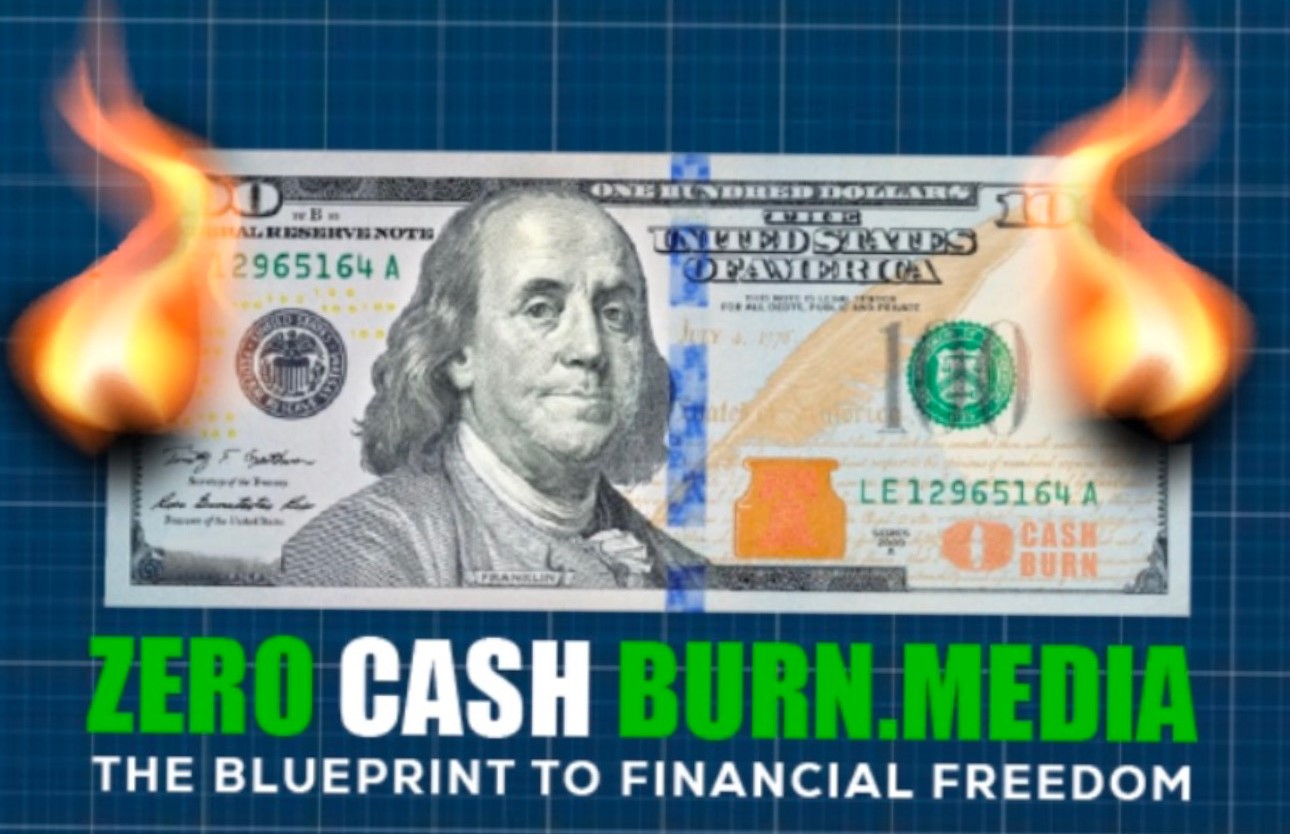Amid the Federal Reserve’s assertive, hawkish posture and the tightening of financial conditions triggered by the recent banking crisis, the likelihood of a black swan event—an unforeseeable occurrence with catastrophic consequences—has become increasingly apparent. This term, made famous by Nassim Nicholas Taleb, underscores the reality that while markets may be preparing for a range of scenarios, from soft landings to hard landings or even no landings, they are grossly ill-equipped for the truly unpredictable events that can disrupt the market fabric. The specter of President Trump’s tariffs has loomed for months, casting a long shadow over the economic landscape. On his very first day in office, Trump announced his intention to impose a formidable 25 percent tariff on imports from Canada and Mexico, effective February 1. This announcement arrived alongside vague plans regarding taxation on Chinese imports, leaving market participants grasping for clarity in an environment awash with uncertainty. Fast forward to April 2, 2025, a date that will be remembered as ‘Liberation Day.’ This day witnessed one of the most severe stock market sell-offs in recent history, rivaling the disastrous downturn of April 2020. As a reminder, on February 20, 2020, the global financial markets experienced a sudden and widespread crash, fueled by mounting instability linked to the COVID-19 pandemic, which lasted until April 7, 2020, resulting in unprecedented volatility and economic upheaval. Now, with the dust settling from Trump’s ‘Liberation Day,’ the question we must confront is: Is there any end in sight? Just two trading days after this historic event, financial markets plummeted, erasing an astonishing $2 trillion in market capitalization from the S&P 500. As I pen this analysis, the situation remains grim: the Dow Jones Industrial Average has nosedived over 2,000 points within a single trading session, while the tech-heavy Nasdaq has seen sharp declines. The S&P 500 is facing its most significant weekly loss since the tumultuous events of 2020, all compounded by China’s fierce retaliatory measures against American tariffs. In a further illustration of the crisis, the yield on the 10-year Treasury has fallen below 4%, reflecting escalating investor anxiety and a flight to safety. This incident cannot simply be categorized as a black swan event; it represents a severe self-inflicted wound caused by the imposition of tariffs, which has precipitated a market meltdown of alarming proportions. The ramifications of this crisis are profound and call for urgent scrutiny and strategic response from policymakers, investors, and economic leaders alike.
Discover more from Zero Cash Burn TV
Subscribe to get the latest posts sent to your email.



